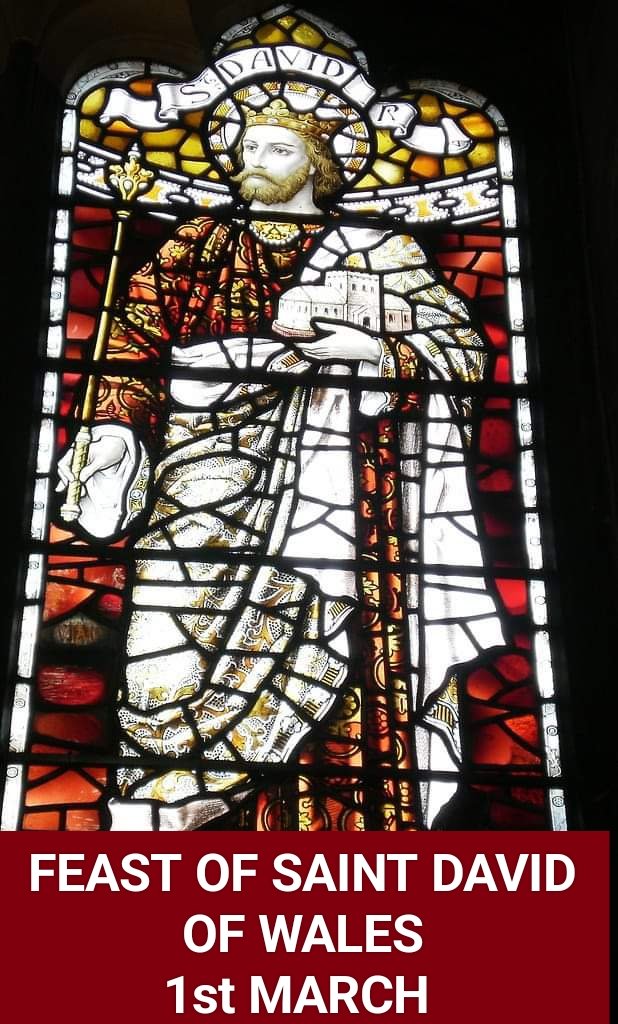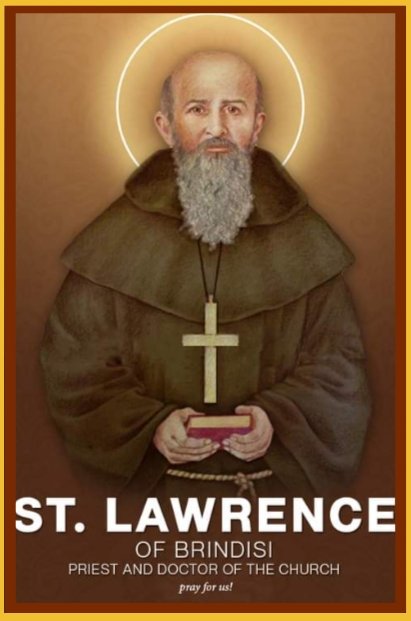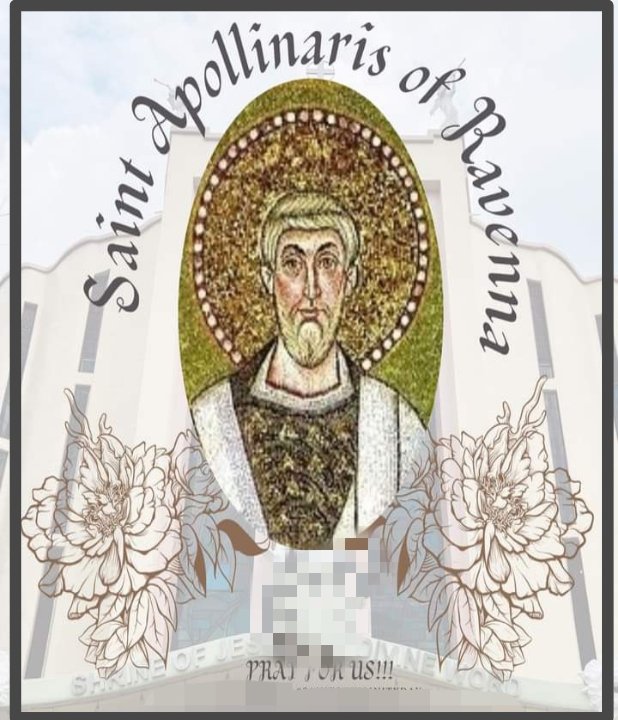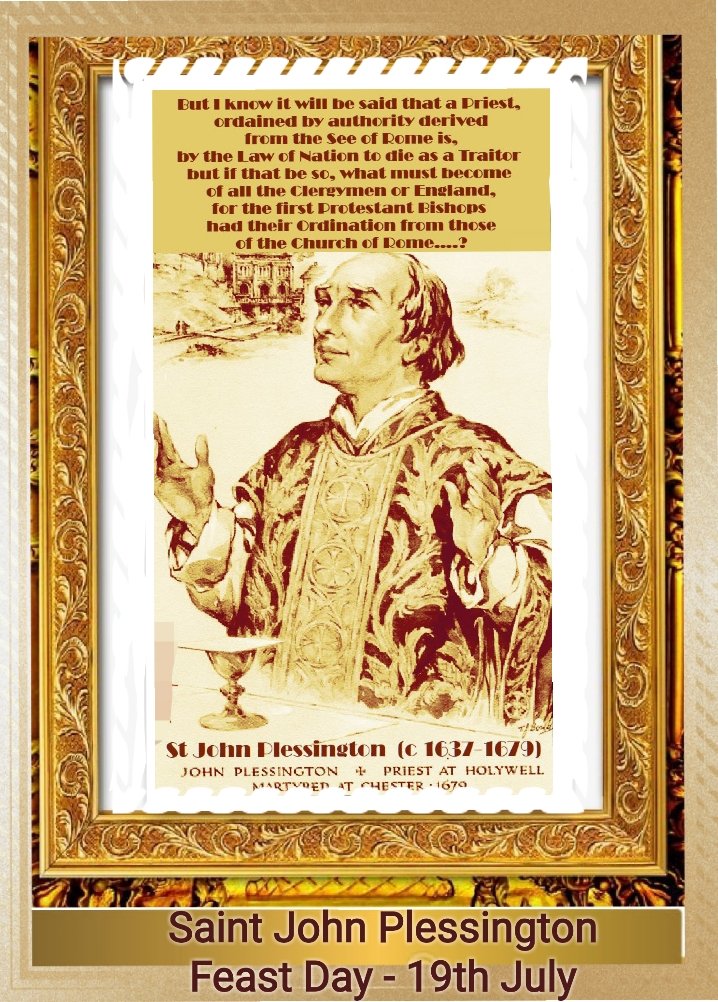FEAST OF SAINT DAVID OF WALES
FEAST DAY – 1 MARCH
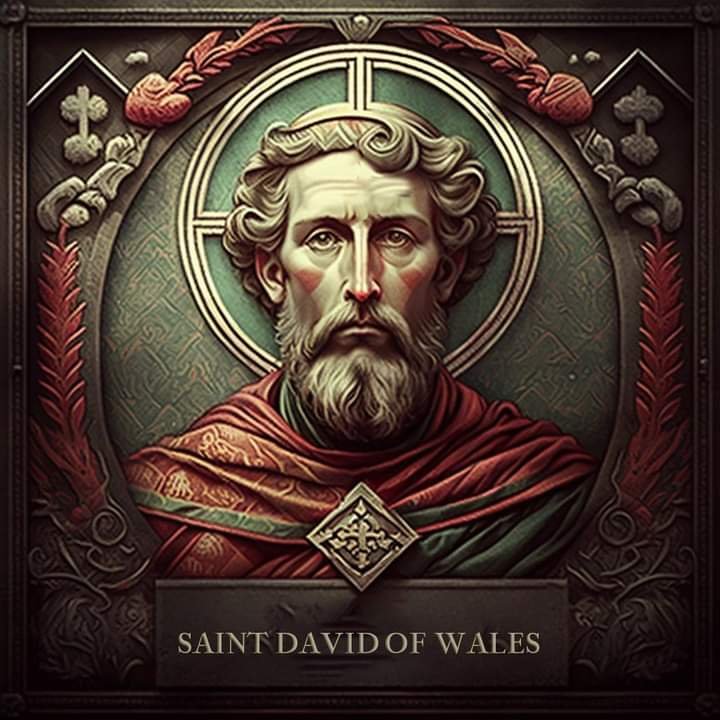
Many of the traditional tales about David are found in the Buchedd Dewi (“Life of David”), a hagiography written by Rhygyfarch in the late 11th century. Rhygyfarch claimed it was based on documents found in the cathedral archives. Modern historians are sceptical of some of its claims. One of Rhygyfarch’s aims was to establish some independence for the Welsh church, which had refused the Roman rite until the 8th century.
The tradition that David was born at Henfynyw (Vetus-Menevia) in Ceredigion is not improbable. He became renowned as a teacher and preacher, founding monastic settlements and churches in Wales, Dumnonia, and Brittany. St David’s Cathedral stands on the site of the monastery he founded in the Glyn Rhosyn valley of Pembrokeshire. Around 550, he attended the Synod of Brefi, where his eloquence in opposing Pelagianism caused his fellow monks to elect him primate of the region. He presided over the synod of Caerleon around 569.
His best-known miracle is said to have taken place when he was preaching in the middle of a large crowd at the Synod of Brefi: the village of Llanddewi Brefi stands on the spot where the ground on which he stood is reputed to have risen up to form a small hill. A white dove, which became his emblem, was seen settling on his shoulder. John Davies notes that one can scarcely “conceive of any miracle more superfluous” in that part of Wales than the creation of a new hill.
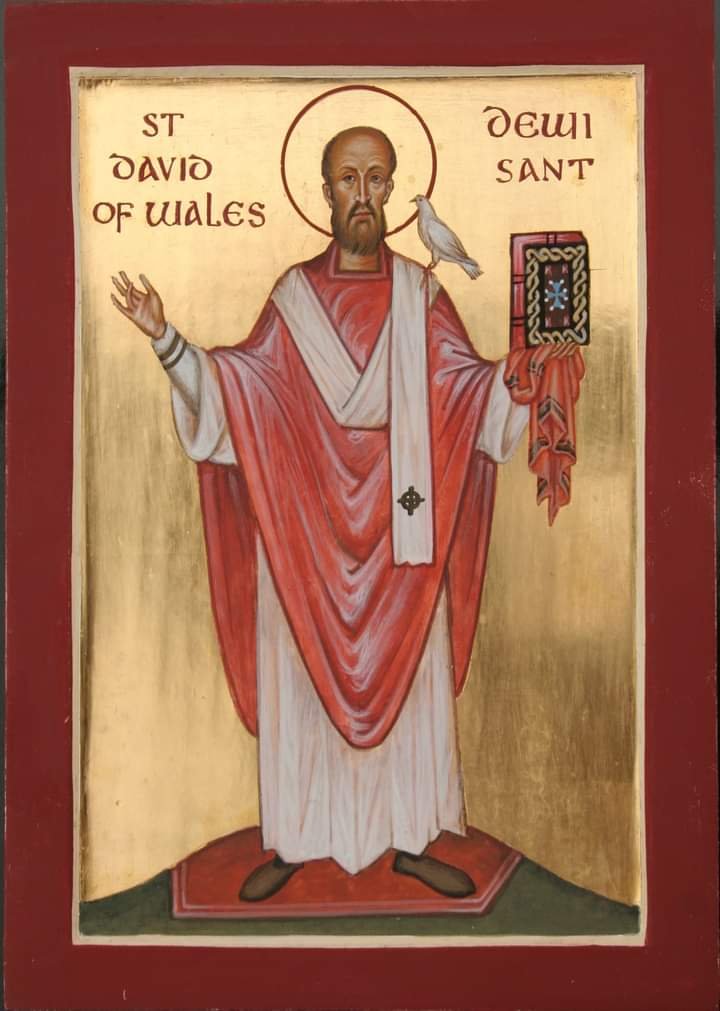
David is said to have denounced Pelagianism during this incident and he was declared archbishop by popular acclaim according to Rhygyfarch, bringing about the retirement of Dubricius. St David’s metropolitan status as an archbishopric was later supported by Bernard, Bishop of St David’s, Geoffrey of Monmouth, and Gerald of Wales.
The Monastic Rule of David prescribed that monks had to pull the plough themselves without draught animals, and must drink only water and eat only bread with salt and herbs. The monks spent their evenings in prayer, reading and writing. No personal possessions were allowed: even to say “my book” was considered an offence. He lived a simple life and practised asceticism, teaching his followers to refrain from eating meat and drinking beer. His symbol, also the symbol of Wales, is the leek.
Though the exact date of his death is not certain, tradition holds that it was on 1 March, which is the date now marked as Saint David’s Day. The two most common years given for his death are 601 and 589. The monastery is said to have been “filled with angels as Christ received his soul”. His last words to his followers were in a sermon on the previous Sunday.
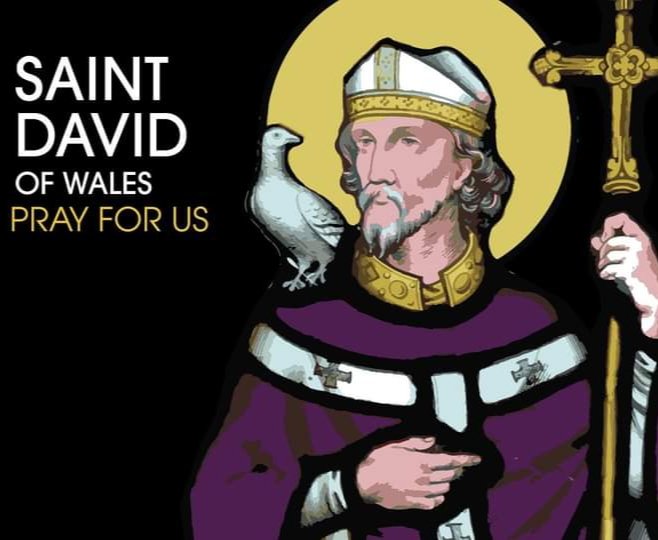
Translated from Welsh his serman is, “Lords, brothers and sisters, Be joyful, and keep your faith and your creed, and do the little things that you have seen me do and heard about. And as for me, I will walk the path that our fathers have trod before us.” “Do ye the little things in life” (“Gwnewch y pethau bychain mewn bywyd”) is today a very well known phrase in Welsh. The same passage states that he died on a Tuesday, from which attempts have been made to calculate the year of his death.
David was buried at St David’s Cathedral at St Davids, Pembrokeshire, where his shrine was a popular place of pilgrimage throughout the Middle Ages. During the 10th and 11th centuries the Cathedral was regularly raided by Vikings, who removed the shrine from the church and stripped off the precious metal adornments. In 1275 a new shrine was constructed, the ruined base of which remains to this day, which was originally surmounted by an ornamental wooden canopy with murals of David, Patrick and Denis.
The relics of David and Justinian of Ramsey Island were kept in a portable casket on the stone base of the shrine. It was at this shrine that Edward I came to pray in 1284. During the reformation Bishop Barlow (1536–48), a staunch Protestant, stripped the shrine of its jewels and confiscated the relics of David and Justinian.
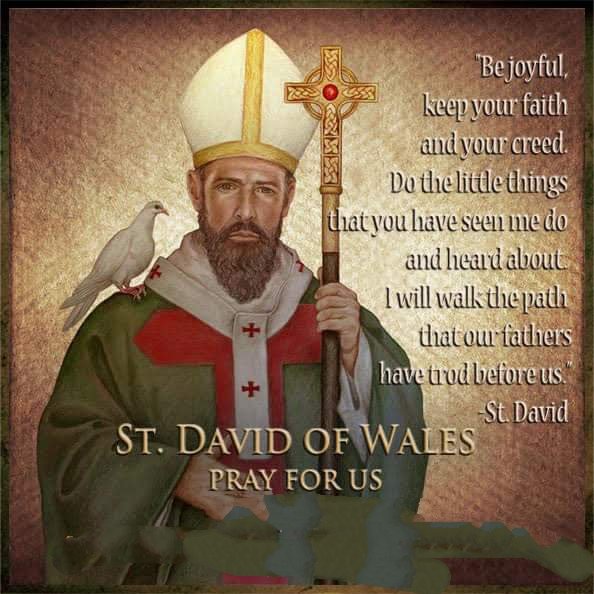
David was officially recognised at the Holy See by Pope Callixtus II in 1120, thanks to the work of Bernard, Bishop of St David’s. Music for his Liturgy of the Hours has been edited by O. T. Edwards in Matins, Lauds and Vespers for St David’s Day. David was also canonized by the Eastern Orthodox Church at an unknown date. Over 50 churches in South Wales were dedicated to him in pre-Reformation days.
In the 2004 edition of the Roman Martyrology, David is listed under 1 March with the Latin name Dávus. He is recognised as bishop of Menevia in Wales who governed his monastery following the example of the Eastern Fathers. Through his leadership, many monks went forth to evangelise Wales, Ireland, Cornwall and Armorica (Brittany and surrounding provinces).
The restored Shrine of Saint David was unveiled and rededicated by the Right Reverend Wyn Evans, Bishop of St David’s, at a Choral Eucharist on Saint David’s Day, 2012. A broadside ballad published around 1630 claimed that the Welsh wore a leek in their hats to commemorate a battle fought on St David’s Day. So as to recognise friend from foe, the Welsh had pulled up leeks from a garden and put them in their hats, before going on to win the battle. Saint David is usually represented standing on a hill with a dove on his shoulder.
PRAYER
Eternal God, your servant David dedicated his life to be a loyal and wise witness and a true disciple of your mysteries for the people of Wales. Grant that by his zealous propagation of your Holy Word, and following a life of purity for the Gospel of Christ, he may receive your Grace, Mercy and his heavenly reward.
Grant that we too may edify your Word through seeking to set before us the great example given by Saint David, through Jesus Christ our Lord, who lives and reigns with you and the Holy spirit, God, for ever and ever. Amen.
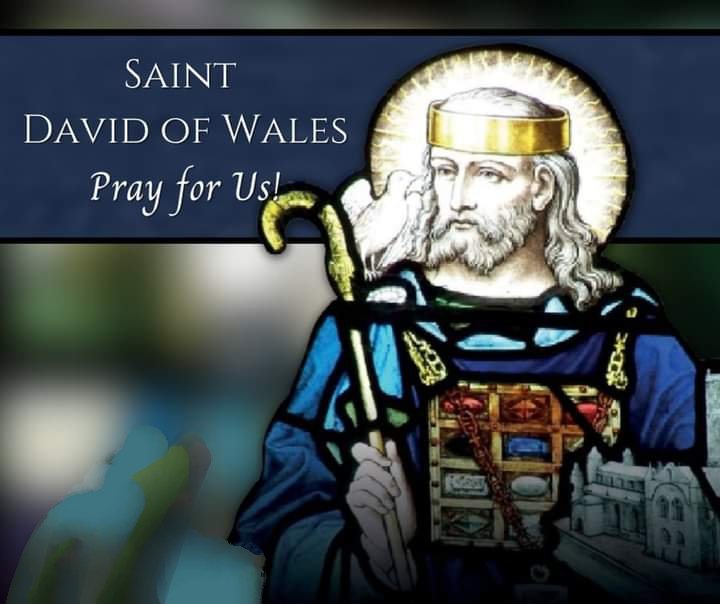
Saint David of Wales, pray for us.

